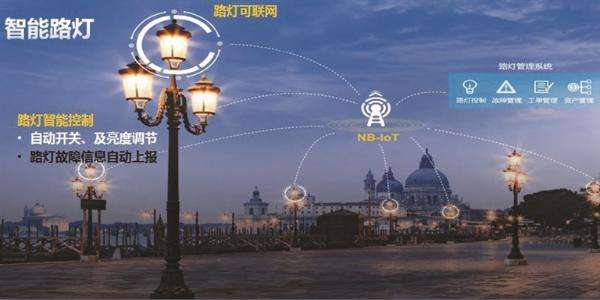如何对锂离子电池进行高效率的充电(二)
Low Cost Standalone Linear Battery Charger
Many IC manufacturers are responding to the market need for more accurate and safer battery charge by developing low-cost linear battery chargers for low-power portable equipment. Figure 2 shows a low cost standalone linear battery charger circuit that uses few external components.

Figure 2: Low cost standalone linear battery charger diagram
The charger simply drops the adapter’s DC voltage down to the battery voltage. The power dissipation across the pass element equals adapter voltage minus the battery voltage times the charge current, which is given by
 (1)
(1)
If a 5-V adapter is used to charge a 1200-mAh or 2200-mAh single cell Li-Ion battery, Figure 3 shows its power dissipation with 0.7 C rate fast-charge current. It has maximum power dissipation of 1.68 W and 3.0 W when the battery transitions from pre-charge to fast-charge phase, respectively. Power dissipation at 3.0-watt results in 141°C temperature rise for a 3 mm X 3 mm QFN package with 47°C/W thermal impedance. This definitely exceeds maximum 125°C silicon junction operating temperature at 25°C ambient temperature. The tolerance on the fast- charge current regulation and the AC adapter voltage is also very important in a linear charger. If the regulation tolerance is loose, the pass transistor and package will need to be oversized, adding to size and cost. The fundamental issue for the linear charger is its high power dissipation. A trade-off must be made between the charge current, size, cost and thermal requirements of the charging system. Therefore, the linear charger is usually suitable for the low capacity (less than 1300 mAh) Li-Ion battery applications because of their superior size, cost considerations and thermal issue. How to solve the thermal issue for high capacity battery packs or high input-to-output voltage difference applications? The answer is the high-efficiency synchronous switching battery charger.

Figure 3: Power dissipation for linear battery charger
High Efficiency MHz synchronous Switching Battery Charger with Integrated Power MOSFETs
Synchronous switching mode charging solutions are generally used in the applications that have high input-to-output voltage difference or for high capacity battery packs. For a 2200 mAh Li-Ion battery pack, it is extremely difficult to use a linear charger to charge a single cell battery from a car adapter (12 V) at a fast charge rate of 0.5°C to 1°C. A linear charger with thermal regulation could be used, but the charge cycle time at the reduced charge rate will be extremely long.
Figure 4 shows a standalone high efficiency synchronous switching buck battery charger with charge current up to 2A for portable devices such as DVD players and smart phones. It uses 1.1-MHz switching frequency voltage mode control architecture with internal type III loop compensator to minimize the external components. To further minimize the battery charger size, it has integrated two power MOSFETs into the PWM controller in a small 4 mm 4 mm package. The power MOSFETs Q1 and Q2 are complementarily turned on and off with optimized dead time to optimize the efficiency at high switching frequency. Q1 is used as P-channel MOSFET to eliminate an external boost strap capacitor and a diode when used for high side N-MOSFET gate driver and it is also easy to achieve 100 percent duty cycle when the input voltage is very close to the battery voltage by completely turning on Q1. The turn-on and turn-off time are controlled to regulate the battery charge current (CC phase) or battery voltage (CV phase) depending on the feedback control loops. The charger has highly integrated functions to safely and healthily charge the Li-Ion battery. It is able to program the pre-charge current, fast charge current, charge voltage, charge timer, battery temperature monitoring, automatic recharging, short circuit and over temperature protection. The circuit parameters are designed for the following specifications in the following design example.
Adapter DC voltage: 12 V
Two-cell Li-Ion battery pack: 4.2 V/cell, 1900 mAh/Cell
Pre-charge current: IPRE-CHG=133 mA
Fast charge current: ICHG=1.33 A
Charge time limit: tCHG = 5-hour
Temperature range for initiating charge: T= 0°C-45°C.

Figure 4: 1.1MHz standalone synchronous switching battery charger
